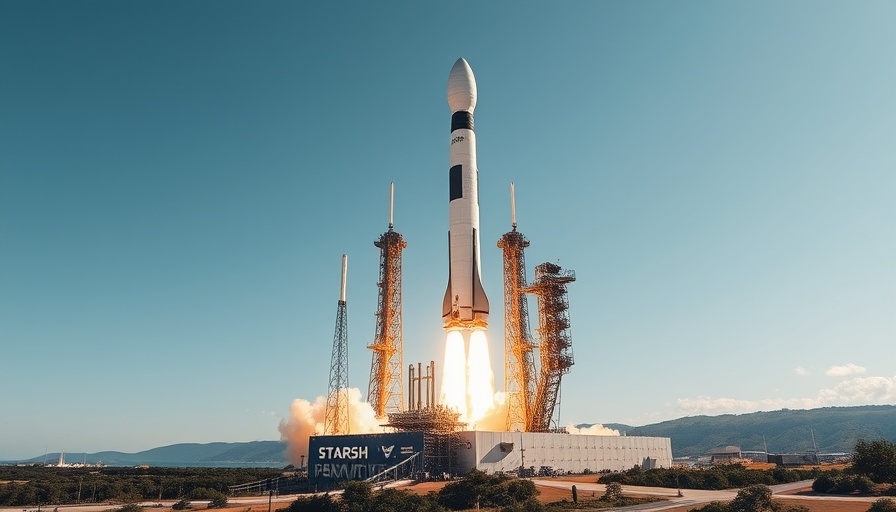
Why the Price Hike for PlayStation 5 Matters
Sony's announcement of a price increase for the PlayStation 5 (PS5) consoles, set to take effect on August 21, 2025, comes as part of a broader economic narrative. Amidst rising tariffs imposed by the Trump administration, the company is raising costs by approximately $50 across its lineup. As reported, the PlayStation 5 will now retail for $549.99 in the U.S., with the Digital Edition priced at $499.99 and the PlayStation 5 Pro at $749.99. This move affects a significant consumer base and raises questions about how these financial changes will impact gameplay and gaming experiences.
Understanding the Economic Landscape
To understand Sony's reasoning, we must look into the larger economic context. The U.S. recently imposed a 15% tariff on imports from Japan, which Sony has indicated as a pivotal reason for its price adjustment. This isn't just about game consoles; it's an illustration of how international trade policies affect global businesses, further compounded by ongoing inflationary pressures. The tech industry is particularly vulnerable to such economic shifts, as components and manufacturing processes often rely on global supply chains.
How Competitors Are Reacting
Sony isn't the only player feeling the impact of tariff-related pressures. Microsoft has similarly announced price hikes of $80 to $100 for its consoles, while Nintendo opted for increases on some accessories without raising base console prices. These changes across competitors highlight a collective response to a challenging market environment, where the costs associated with manufacturing, shipping, and labor are climbing overall. For consumers, these increases could very well lead to shifts in purchasing decisions, especially considering the similar price points for rival products.
Consumer Reactions and Sentiment
The gaming community is experiencing mixed reactions to the news. While some players understand the necessity for price adjustments given the economic situation, others feel frustrated, especially those who have recently purchased or saved for the console. Social media is rife with debates on whether these price hikes will deter game enthusiasts from investing in next-gen gaming—or push them to seek alternative platforms, possibly impacting user engagement and ecosystem loyalty within the Sony brand.
The Future of Gaming Console Pricing
As we look forward, the question remains: what will the future hold for console pricing in an ever-evolving economic climate? If inflation persists and tariffs remain in place, we could anticipate further adjustments not just from Sony, but across all major stakeholders in the gaming market. Emerging trends suggest that cloud gaming may also rise in popularity due to these price increases, offering consumers more flexibility in accessing games without investing in expensive hardware.
The Value of Being Informed on Tech Pricing Updates
Staying informed about technology news, especially regarding prices and trends in gaming, is crucial for both consumers and industry watchers. Understanding these shifts can empower buyers and inform purchasing decisions—whether it's a matter of timing your purchase or exploring alternative gaming options. This latest price increase may serve as a catalyst for consumers to reassess their priorities in gaming hardware and associated expenses.
Conclusion: What You Can Do
As gaming and technology continue to evolve, staying abreast of market changes and pricing trends is essential. With ongoing price adjustments across the industry, it becomes increasingly important for consumers to explore their options and make informed choices about their spending in the tech landscape. Engage with your favorite gaming forums, stay updated with the latest tech news, and don't hesitate to seek out the best options that fit your budget and gaming needs.
 Add Row
Add Row  Add
Add 



Write A Comment